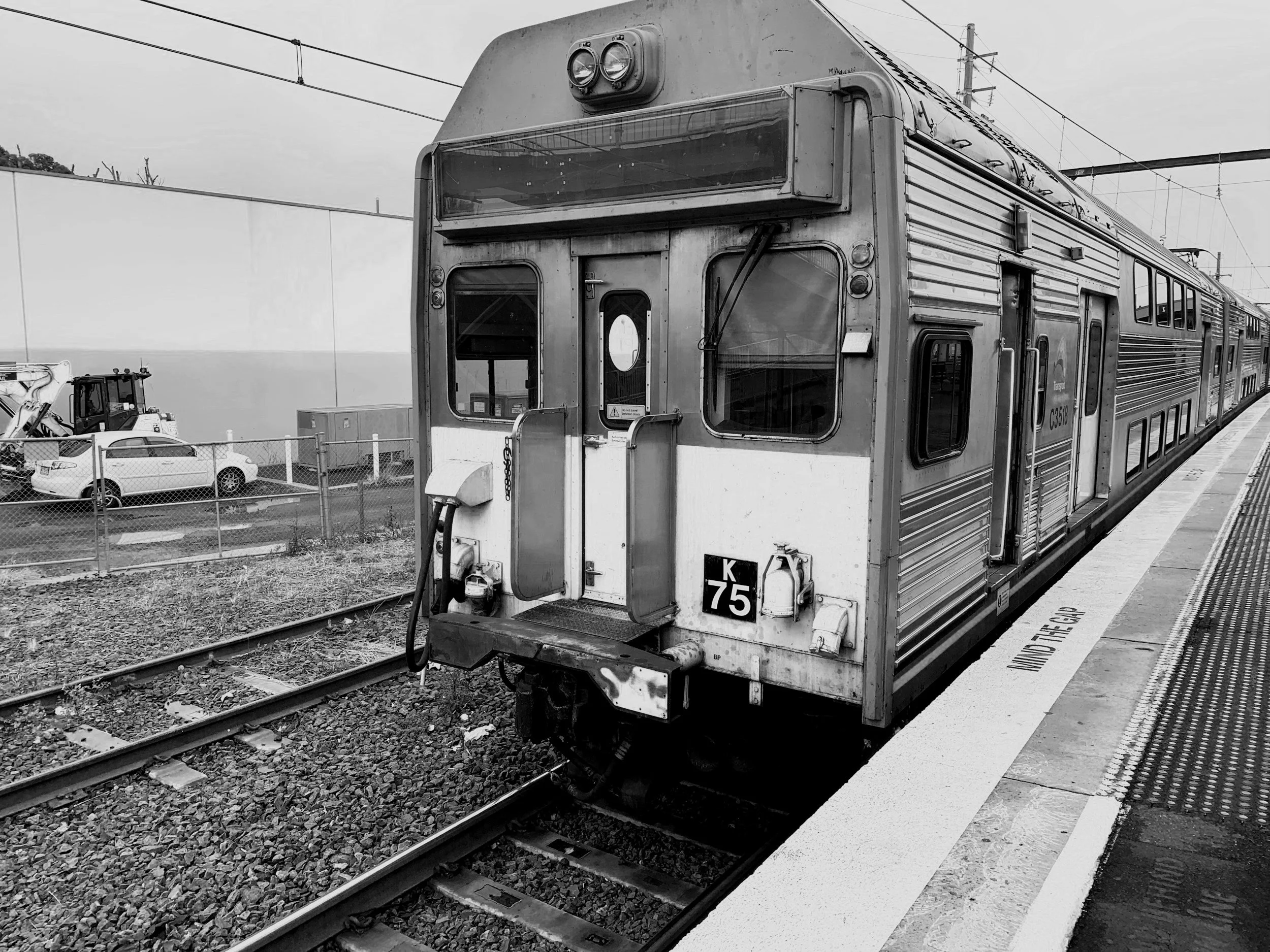Navigating Australian Public Transport on a Student Budget
As a student in Australia, getting around cities like Sydney, Melbourne, or Brisbane is essential for classes, work, and social life. Public transport - buses, trains, trams, and ferries - offers a reliable way to explore, but costs can add up fast, especially for international students with limited work hours. With smart strategies, you can navigate Australia’s transport systems affordably and confidently. Here are five practical tips to travel on a student budget while mastering the local transit scene.
Understand Your City’s Transport System
Each Australian city has a unique transport network. Sydney uses Opal cards, Melbourne has Myki, and Brisbane relies on go card. Research your city’s system via official websites (e.g., Transport for NSW) to learn routes, fares, and schedules. Download apps like TripView or Citymapper for real-time updates on buses or trains.
For international students new to Australia, terms like “tap on, tap off” might be unfamiliar. Practice using ticket machines at stations, and ask staff for help - they’re usually friendly. Knowing your system saves time and avoids costly mistakes like missing a fare.
Maximize Student Concessions
Most Australian states offer student discounts on public transport, slashing fares significantly. In NSW, eligible students get a Concession Opal card for half-price travel. In Victoria, a Myki concession card offers similar savings. Check eligibility at your university’s student services, as international students often qualify with a valid student ID.
Carry your student ID at all times, as inspectors may check. For example, a Sydney train ride might cost $4 full fare but only $2 with a concession. These savings add up, freeing your budget for textbooks or coffee.
Budget Wisely for Transport Costs
Transport expenses can sneak up if not planned. Include fares in your monthly budget, estimating costs based on your commute (e.g., $20-$40/week for daily campus trips). Use fare calculators on transport websites to predict expenses. If you travel often, consider weekly or monthly passes, like Opal’s weekly cap, which limits spending after a set number of trips.
International students on a 48-hour per-fortnight work limit should prioritize cost-effective routes. For instance, combine bus and train trips to avoid multiple fares. Tracking expenses with apps like Pocketbook keeps your budget in check.
Plan Routes with Free or Cheap Alternatives
Some transport options are free or low-cost, especially in cities with student-friendly systems. Melbourne’s free tram zone covers the CBD, perfect for classes or meetups. Sydney’s ferries, while pricier, offer budget-friendly views compared to tourist cruises. Explore walking or biking for short distances - many campuses rent bikes cheaply.
International students might feel nervous about navigating alone. Start with short, familiar routes, like campus to a nearby café, and use Google Maps’ transit feature for step-by-step directions. Planning saves money and builds confidence.
Master Transport Etiquette
Australian transport has unspoken rules that enhance your experience. Tap on and off with your card to avoid fines, offer seats to elderly passengers, and keep noise low (e.g., use headphones). Peak hours (7-9 AM, 5-7 PM) are crowded, so plan off-peak travel if possible to snag a seat.
For international students, cultural differences might make etiquette tricky. If you’re from a country with less formal public behavior, observe locals or ask a friend, “What’s the norm for bus queues here?” Polite habits make you feel part of the community.
Travel Smart and Save Today
Navigating Australia’s public transport on a student budget is all about planning and savvy choices. By understanding your city’s system, using concessions, budgeting wisely, planning cheap routes, and mastering etiquette, you’ll travel with ease and keep your wallet happy. Need help planning your commute? For more transport info, visit Transport for NSW at www.transport.nsw.gov.au for fares and schedules.
Your Australian adventure starts with smart travel - hop on board with confidence!
References
Australian Government (2023) Transport for NSW: Concession fares. Sydney: Transport for NSW. Available at: https://www.transport.nsw.gov.au (Accessed: 1 November 2024).
Rosenthal, D. A., Russell, J. and Thomson, G. (2007) ‘Social connectedness among international students at an Australian university’, Social Indicators Research, 84(1), pp. 71–82. doi: 10.1007/s11205-006-9075-1.
Sawir, E., Marginson, S., Deumert, A., Nyland, C. and Ramia, G. (2008) ‘Loneliness and international students: An Australian study’, Journal of Studies in International Education, 12(2), pp. 148–180. doi: 10.1177/1028315307299699.
Wu, H. P., Garza, E. and Guzman, N. (2015) ‘International student’s challenge and adjustment to college’, Education Research International, 2015, pp. 1–9. doi: 10.1155/2015/202753.
Disclaimer
This blog contains links to external websites and platforms for informational purposes only. We are not affiliated with, endorsed by, or compensated by any of the organisations, platforms, or services mentioned. All references are provided to support students and readers in accessing useful resources.


